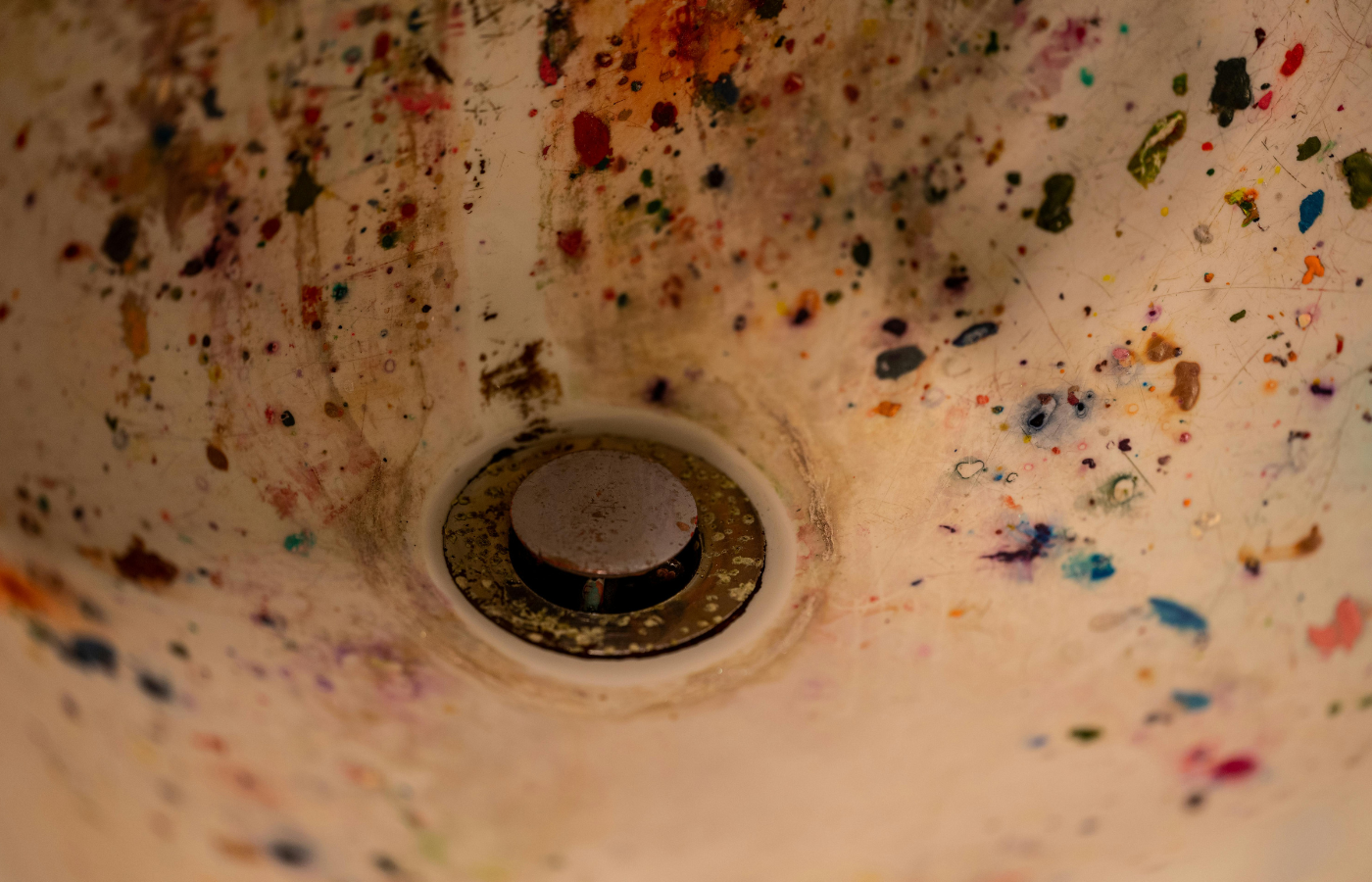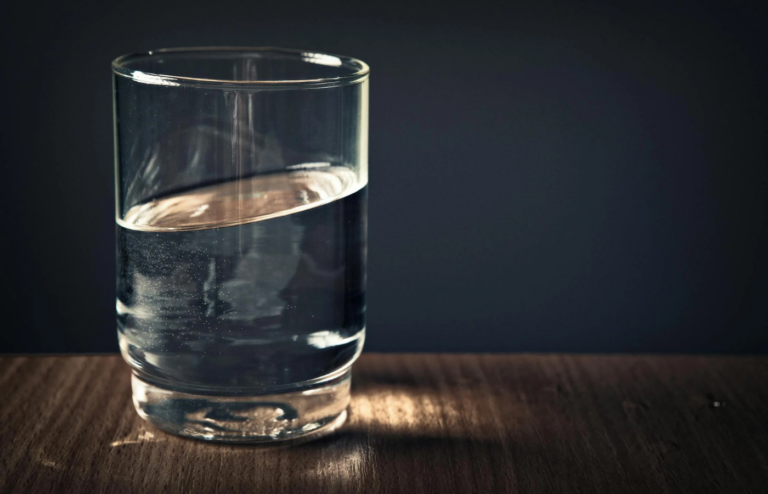Access to clean drinking water is essential for good health. While laboratory tests are the most reliable way to assess water quality, certain observable signs can indicate potential contamination. Recognizing these signs can help you take necessary precautions to protect yourself and your family.
Here are ten indicators that your drinking water may be unsafe:
1. Unusual Taste

A metallic, bitter, or otherwise off-putting taste can signal the presence of contaminants such as industrial chemicals, herbicides, or waste. Consistently odd-tasting water warrants further investigation.
2. Discoloration

Water that appears yellow, brown, or has any unusual color may contain impurities like iron, manganese, or other pollutants. These discolorations can stain fixtures and laundry, indicating contamination.
3. Cloudiness or Sediment
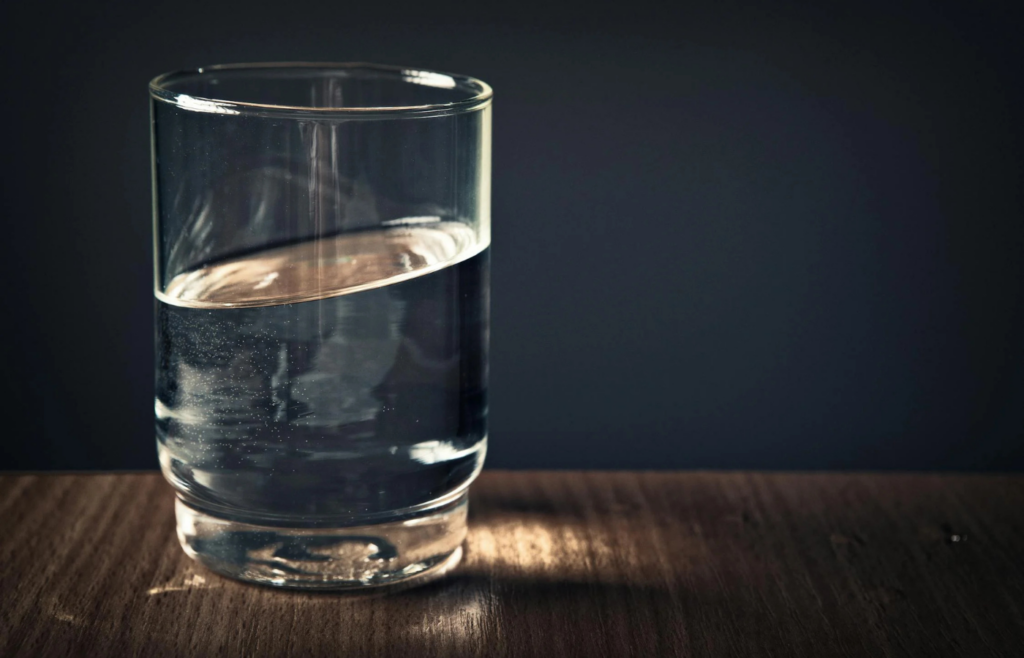
Cloudy or turbid water can result from dissolved minerals, bacteria, or other particulates. While some causes are harmless, persistent cloudiness should be addressed.
4. Chlorine or Chemical Smell

A strong chlorine or chemical odor may indicate excessive disinfectants or industrial pollutants. While chlorine is commonly used to treat water, an overpowering smell suggests a problem.
5. Rotten Egg Odor

A sulfurous or rotten egg smell is often due to hydrogen sulfide gas, which can corrode plumbing and produce unpleasant odors. This gas may also encourage bacterial growth.
6. Oily Film on Surface
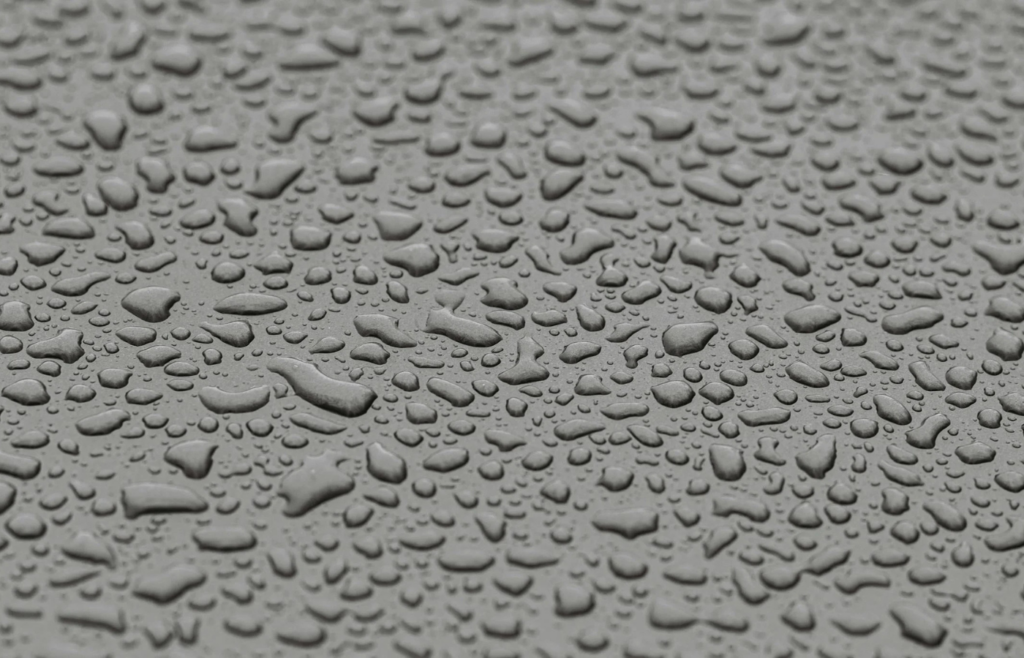
An oily or greasy film on the water’s surface can be a sign of petroleum contamination or other pollutants. This is particularly concerning if observed in well water.
7. Blue or Green Stains

Blue or green staining on fixtures often points to elevated copper levels, possibly from corroding pipes. Long-term exposure can lead to health issues.
8. Frequent Plumbing Issues

Recurring pipe leaks, corrosion, or blockages may indicate acidic or contaminated water, which can degrade plumbing over time and introduce harmful substances into your water supply.
Read More: Top 10 Reasons More People Are Quietly Becoming Preppers
9. Visible Particles or Sediment
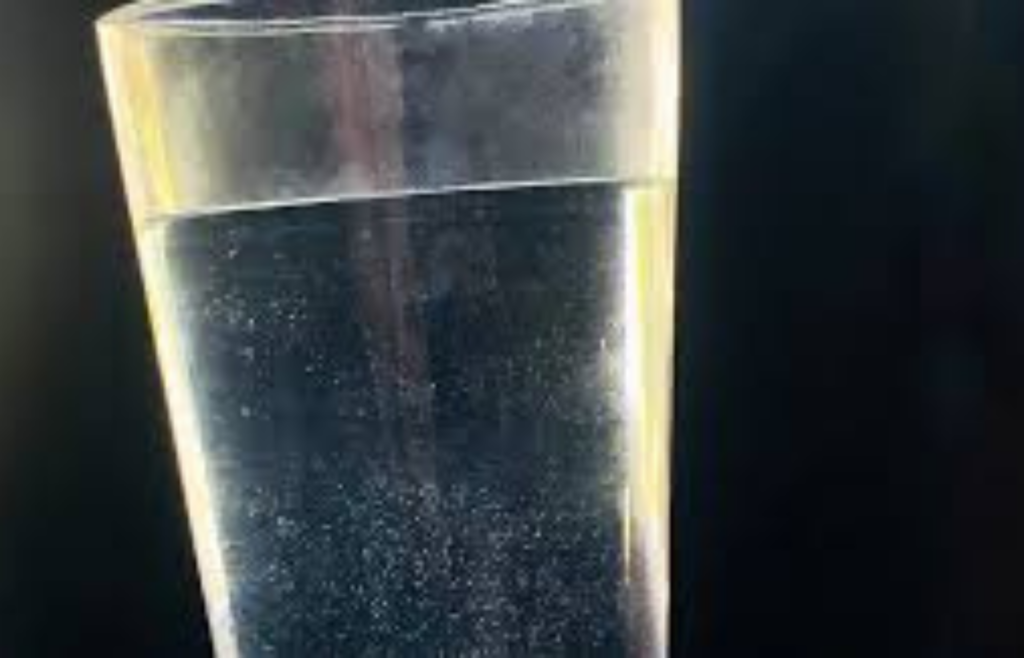
Floating particles or sediment in your water can suggest pipe corrosion, soil entry, or other contamination sources. While some sediments are harmless, others may carry pathogens or heavy metals.
Read More: Top 10 Survival Gear Items That Are Surprisingly Affordable
10. Health Symptoms After Consumption

Experiencing gastrointestinal issues, nausea, or other health problems after drinking tap water may indicate contamination. If multiple household members exhibit similar symptoms, it’s essential to investigate the water quality.
If you notice any of these signs, it’s advisable to avoid consuming the water and seek professional testing. Contact your local health department or a certified laboratory to analyze your water and recommend appropriate treatment solutions. Ensuring your drinking water is safe protects your health and prolongs the lifespan of your plumbing system.
Read More: Top 10 Secret Spots in Your House to Store Emergency Food

